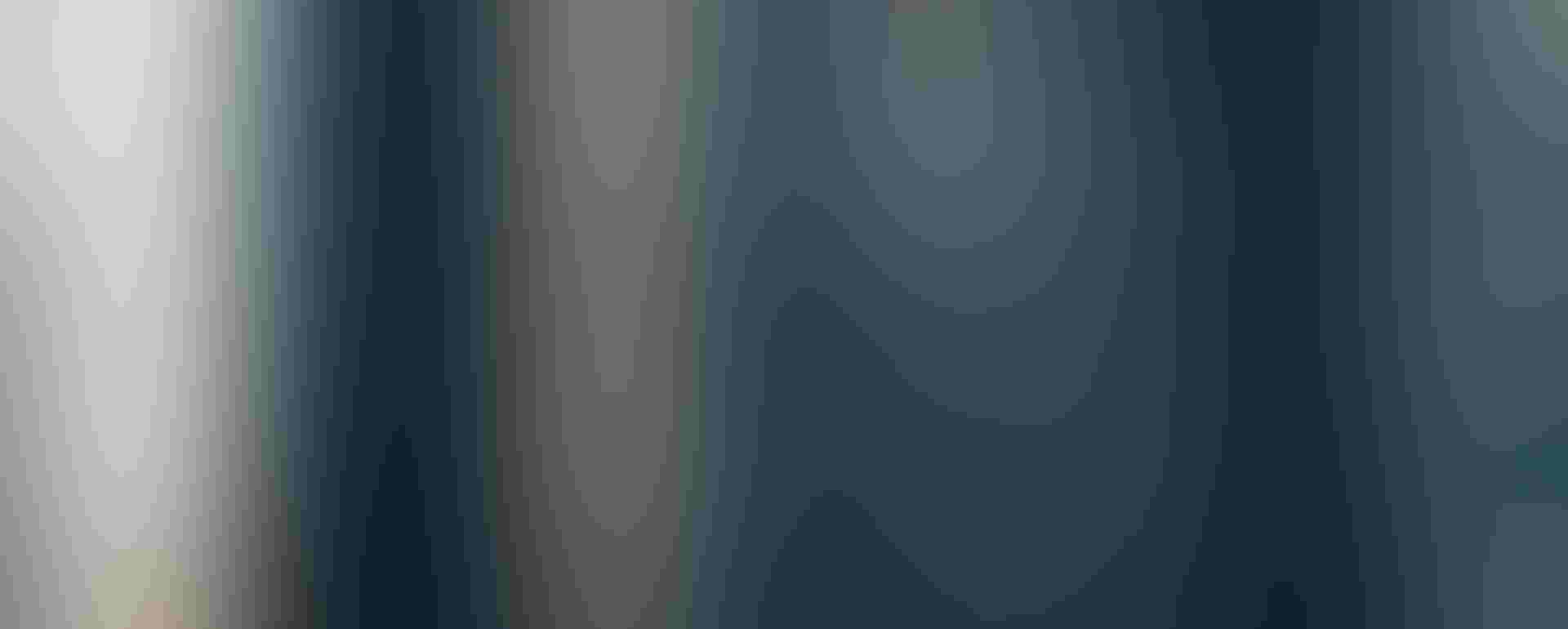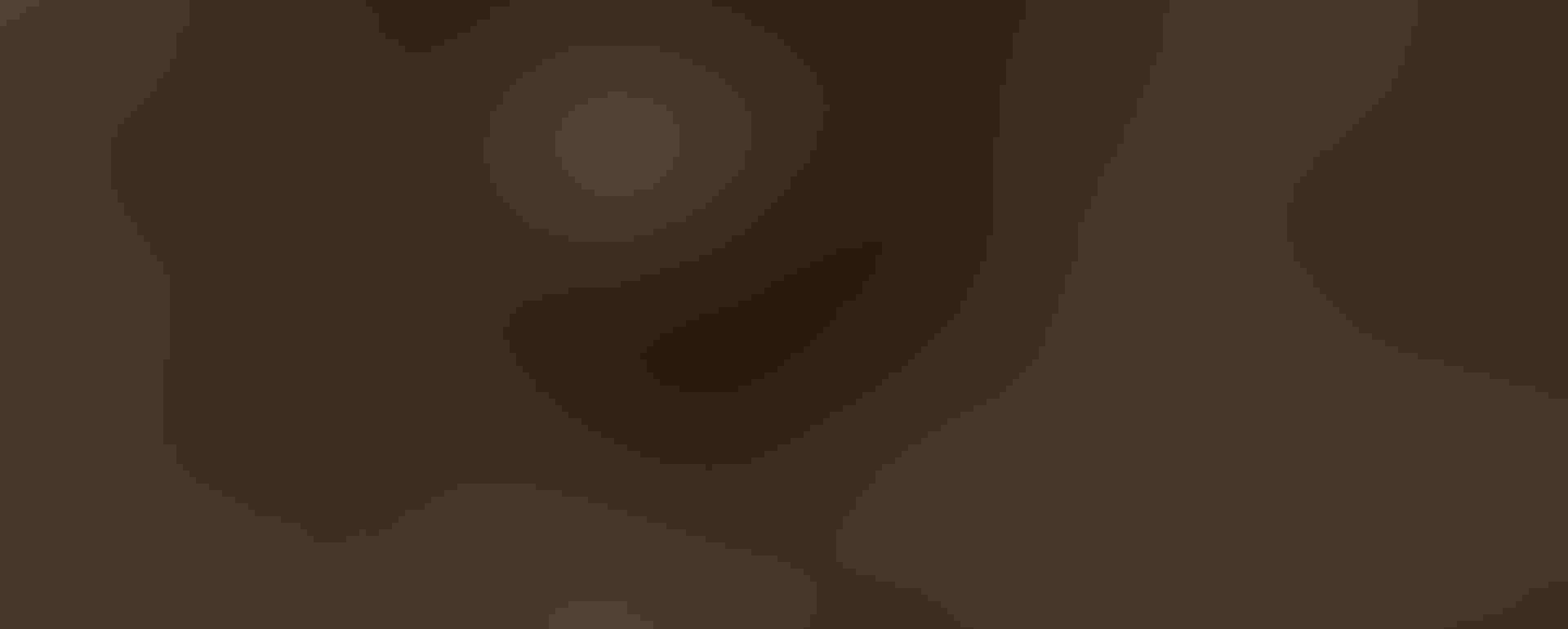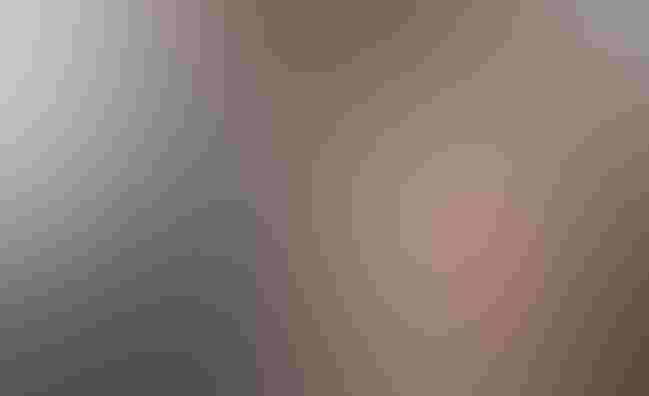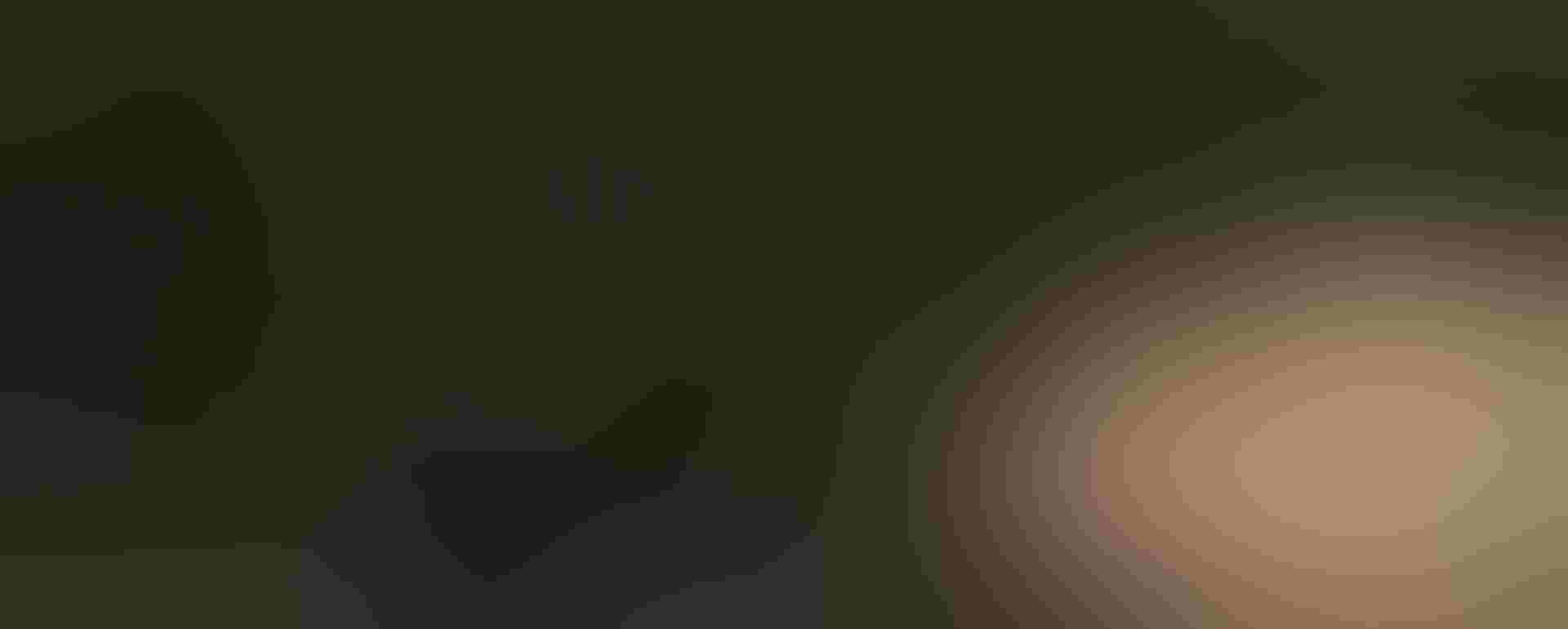
Minneapolis artist Miranda Brandon gives victims of bird strikes new life.

Minneapolis artist Miranda Brandon gives victims of bird strikes new life.

With √ŘŤ÷APP change turning up the temperature and the state in a four-year drought, wildfires are scorching California like never before. In the ‚Äúnuke zone‚ÄĚ scientists are looking for clues to how forests cope.

This year we've seen an absurd number of assaults on legislation and agencies that protects birds and their habitat.

It involves a whole lot of native plants‚ÄĒand a whole lot of optimism.

The famed naturalist's newest book, written from a retirement home, is a provocative and urgent call to save the planet, and its species.

A plan is in place to open the first commercial mine in Utah.

Here's the breakdown of how much time has been spent keeping the Greater Sage-Grouse off the Endangered Species List.

Open pipes kill thousands of birds out West every year.

In Canada‚Äôs remote Wood Buffalo National Park, the endangered whooper continues its comeback‚ÄĒone (soggy) nest at a time.

Photographer Tom Lynn’s takes an intimate look at a Whooping Crane reintroduction program, from hatching to disguised human parenting to release.

During spring migration, Magee Marsh braces itself for an all-out warbler (and birder) invasion.

Check out the winning skin art from this year's Biggest Week warbler fest.

A crowd-funded geotagging project helped researchers figure out where these birds spend their lives.


By rigging the Harvard Forest with cameras, sensors, and even hotter air, scientists can study the future.

Your opinions can lead to pivotal conversations about conservation.

We asked you to help √ŘŤ÷APP act on √ŘŤ÷APP threats to birds, and you did.
